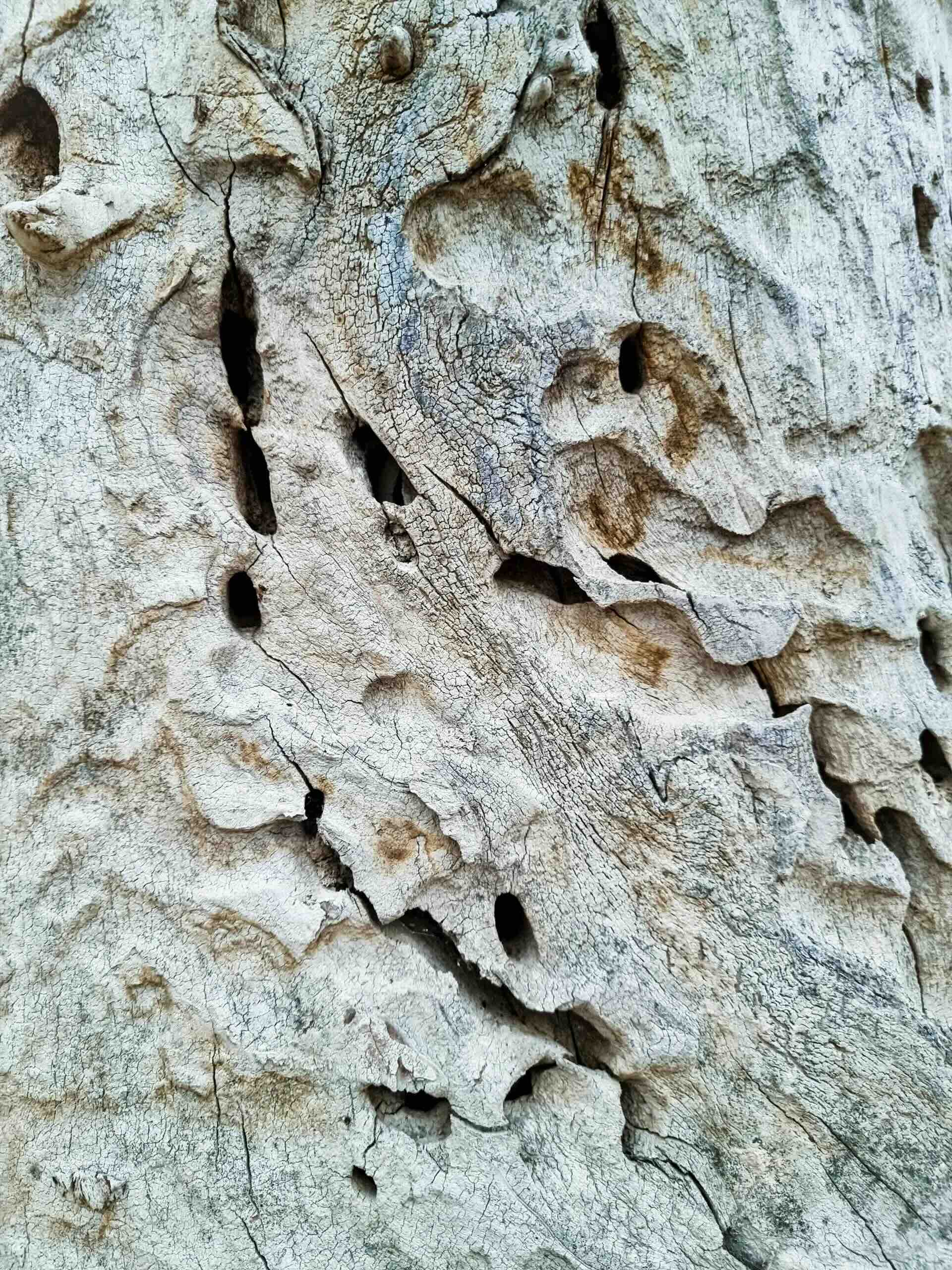Several subterranean, drywood and dampwood termites can be found in southern California. Dampwood termites rarely cause substantial damage to structural wood within homes, but drywood and subterranean termites inflict massive amounts of property destruction each year in southern California. Ultimately, subterranean termites inflict the greatest amount of annual property destruction throughout the southwest US, and the most destructive species, the wesern subterranean termite, frequently infest homes and buildings located in Ventura County.
Unlike drywood and dampwood termites, which nest and feed solely within single wood items located above ground, subterranean termites dwell below ground where workers regularly leave the nest in order to tunnel through soil in search of food sources, such as loose twigs, sticks, tree roots and other forms of plant matter. Subterranean termites are highly dependent on moist soil to stay hydrated, and in order to avoid succumbing to the desiccating effects of dry outside air, subterranean termites must build protective “mud tubes,” or “shelter tubes” when retrieving above ground food sources. While all subterranean termites build multiple types of mud tubes, western subterranean termites are particularly active mud tube-builders due to their habit of venturing above ground more frequently than most other subterranean termites. Worker termites construct mud tubes rapidly out of soil, feces and saliva.
“Utility tubes,” or “working tubes” are the most frequently spotted of the four common types of mud tubes found on residential properties. These tubes protrude from the ground and connect directly to natural and finished wood sources, allowing workers to travel back to the ground soil in order to hydrate as needed. Working tubes are most commonly found on concrete or masonry foundations where they squeeze through narrow cracks and connect to indoor structural wood sources. “Exploratory tubes” are built solely to test the accessibility of above ground wood sources. They are particularly common in crawl spaces and are relatively weak in structure, as they are built rapidly to investigate above ground wood sources. “Drop tubes” are exactly like working tubes, only in reverse, as the construction of these tubes are initiated within above ground infested wood sources in order to create a bridge back to the ground soil. These tubes are most often found suspended from structural wood in crawl spaces, and even ceilings in heavily infested homes. “Swarming tubes” are structurally durable mud tubes that protrude around 6 inches from the ground, and they provide swarming alates with an exit from mature colonies. These tubes are found in crawl spaces of heavily infested structures.
Have you ever spotted termite mud tubes on your property?


